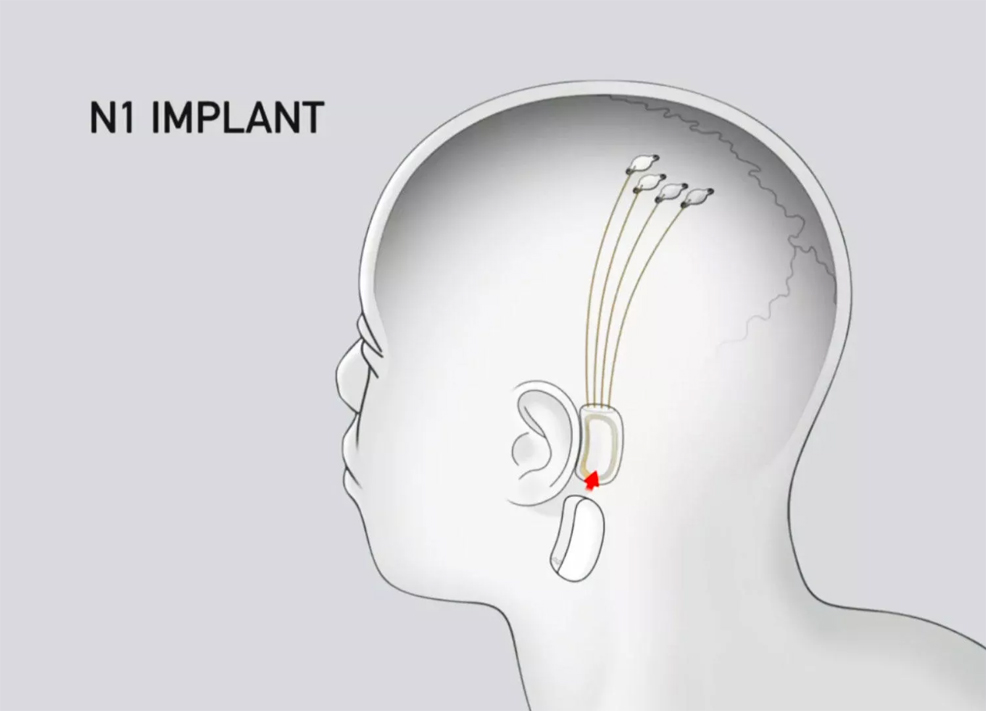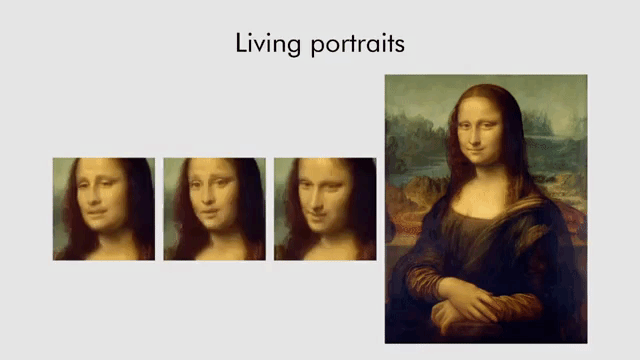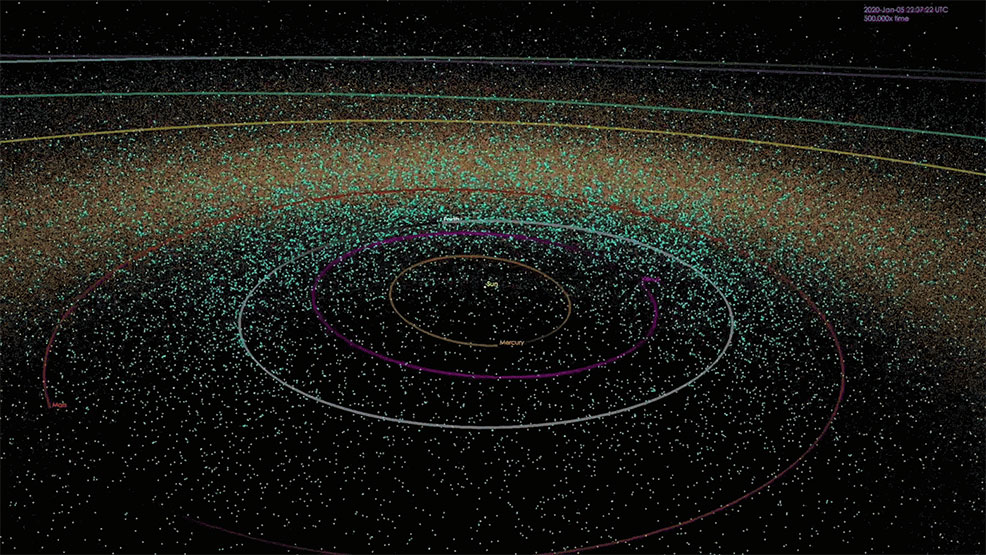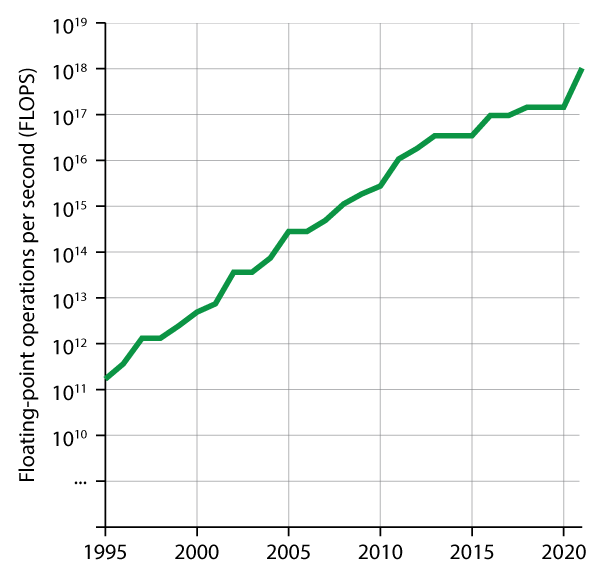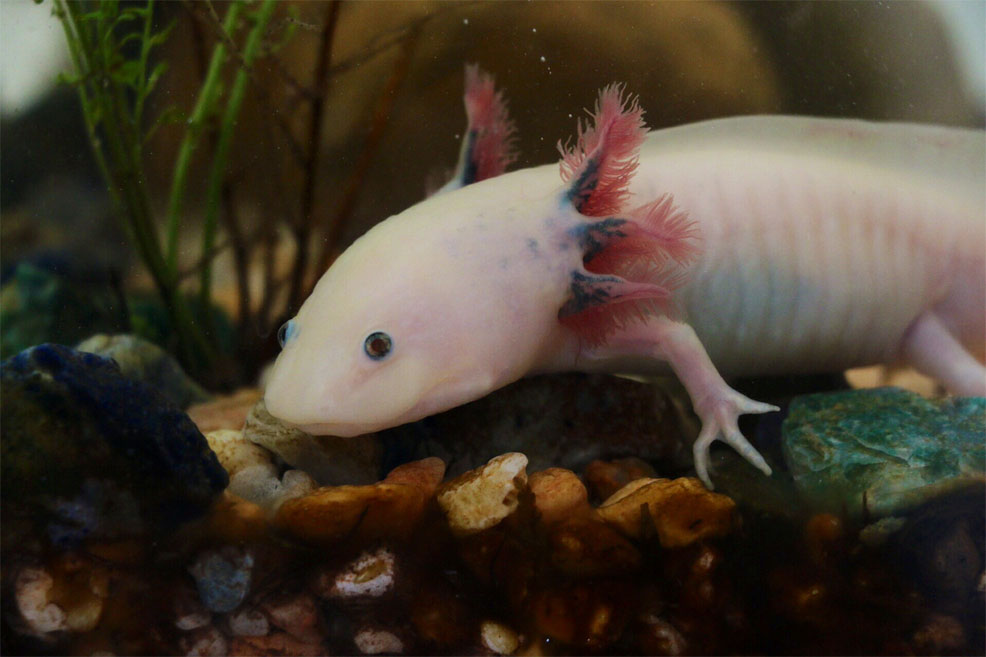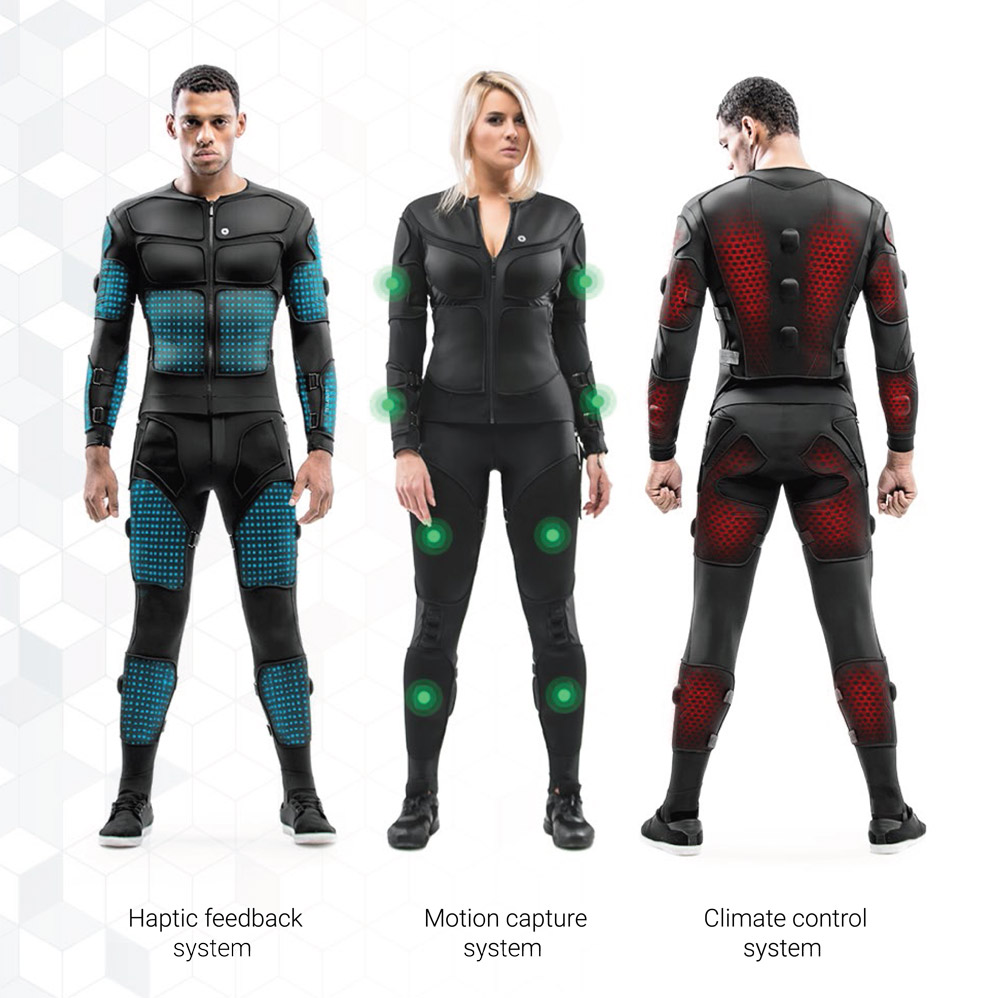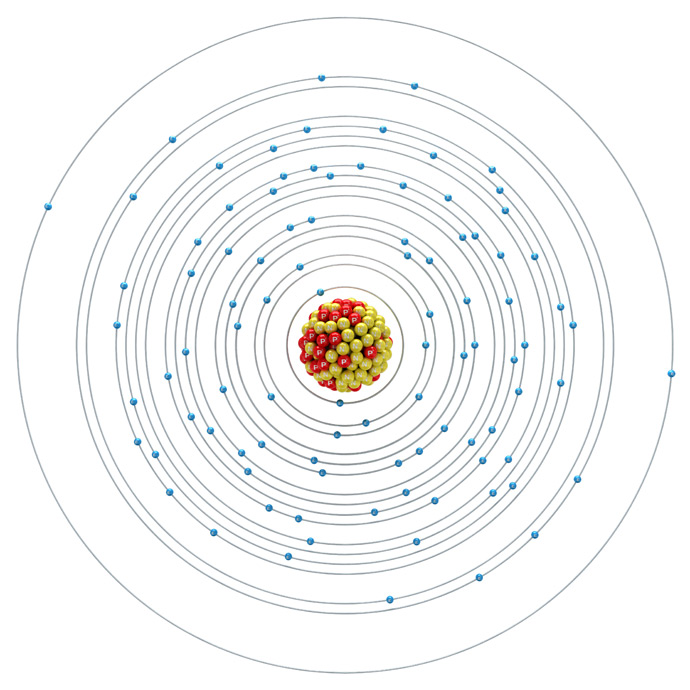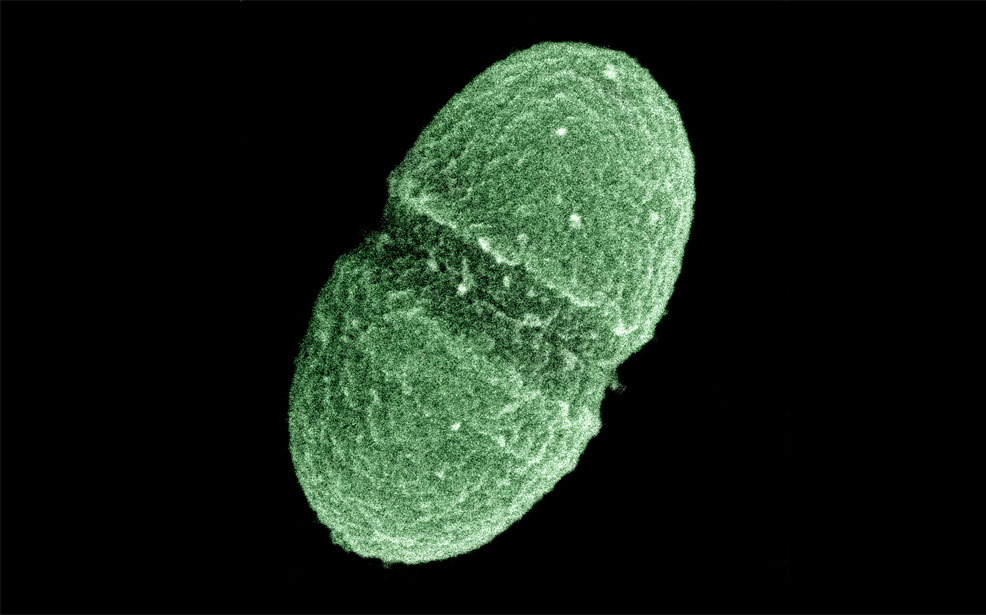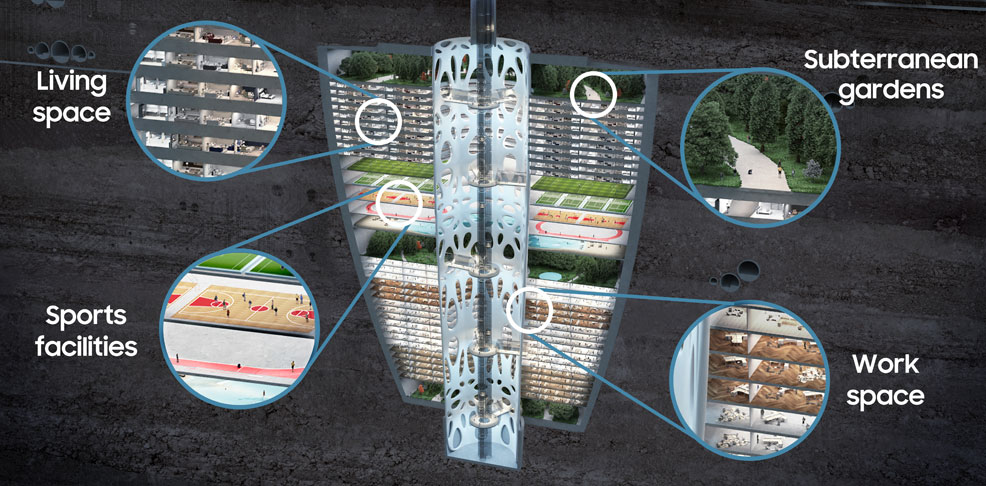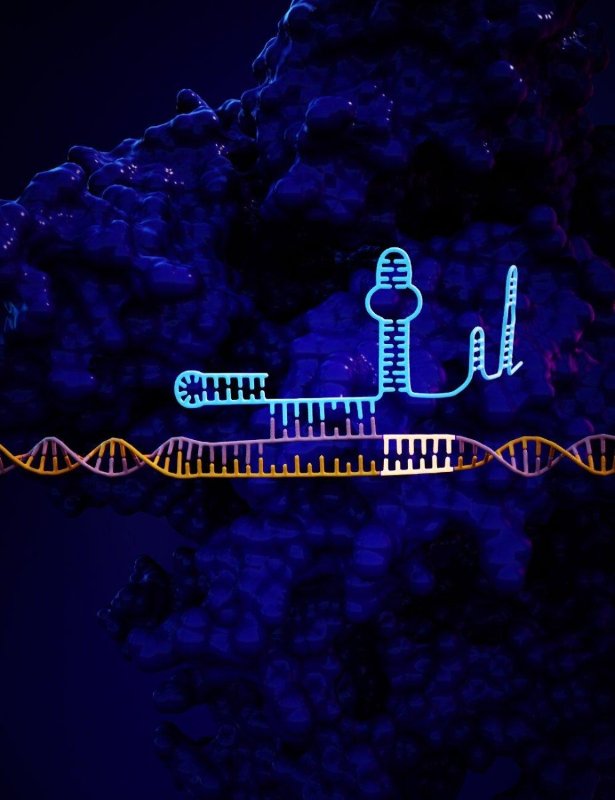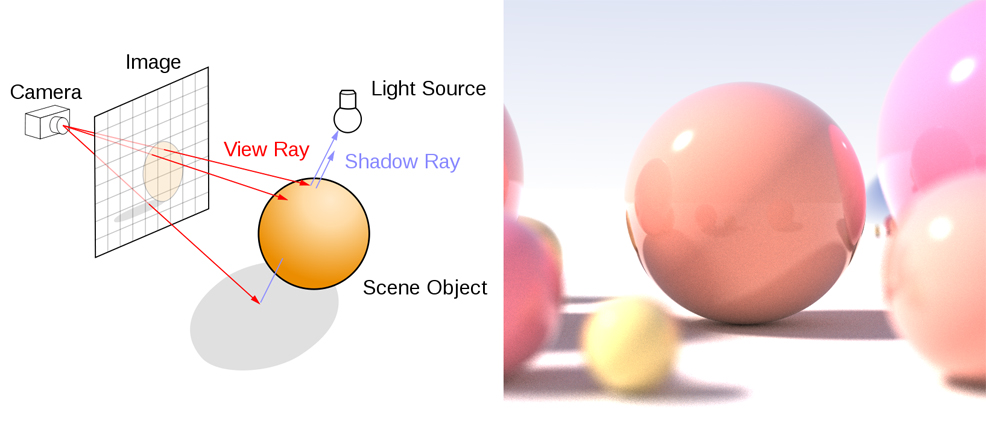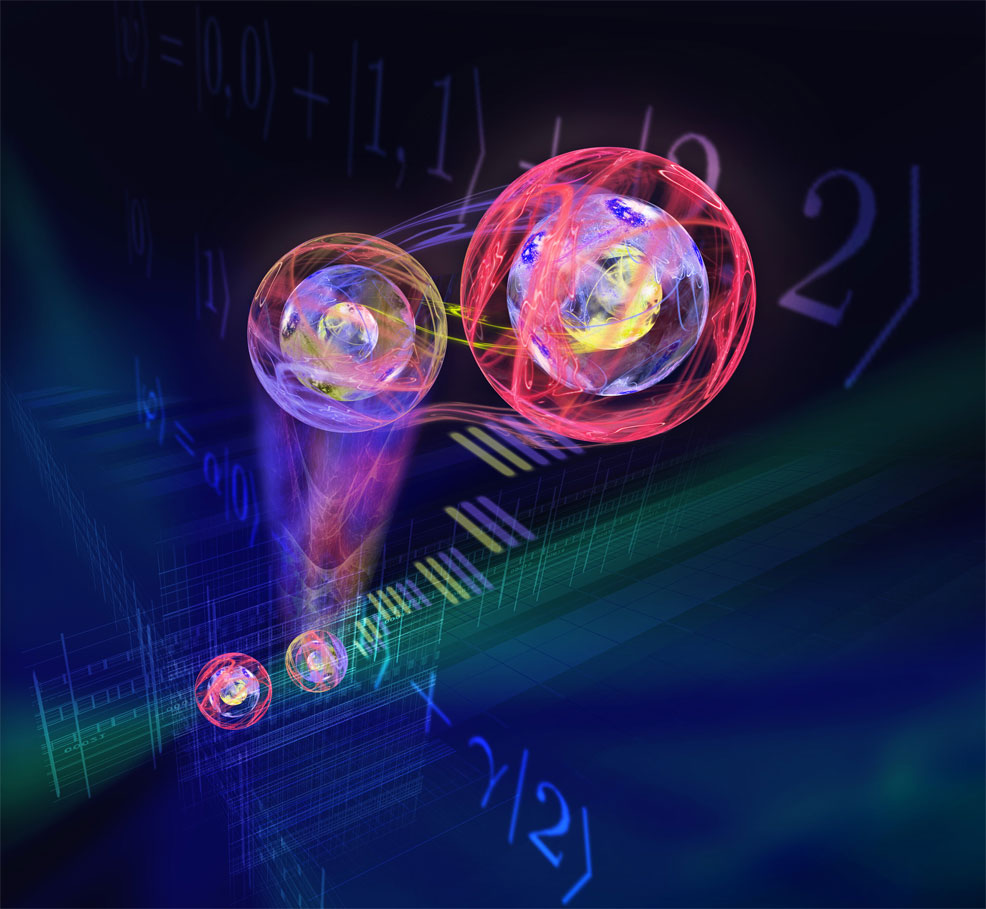
31st December 2019 2019 highlights Goodbye 2019, and hello 2020! These were our top 20 most viewed blogs of 2019, in reverse order. Amid all the doom and gloom in the world, some pretty impressive breakthroughs were achieved, as we hope you'll agree!
21st July 2019 Elon Musk plans brain–machine interface to upgrade humans Elon Musk's company Neuralink applied to U.S. regulators to begin trials of a new brain enhancement technology, which could be tested on human volunteers from 2020. Read more »
14th October 2019 Singapore exhibition imagines the year 2219 A major exhibition developed by ArtScience Museum, as part of the Singapore Bicentennial commemoration, invited visitors to explore how our world might change over the next 200 years. Read more »
25th May 2019 Mona Lisa brought to life by AI In May, Samsung's AI research laboratory in Moscow used deepfake technology to animate one of the world's most famous paintings, the Mona Lisa by Leonardo da Vinci. Read more »
4th February 2019 Near-Earth asteroids could provide a billion tons of water resources A study of asteroids published by the American Geophysical Union revealed a potential abundance of water resources in the vicinity of Earth. Read more »
21st March 2019 Exascale supercomputer confirmed for delivery in 2021 The Argonne National Laboratory revealed plans for "Aurora", the first exascale supercomputer in the United States. This machine will be capable of 1,000,000,000,000,000,000 (a million trillion, or one quintillion) floating point operations per second. Read more »
28th January 2019 Axolotl genome could lead to human body regeneration The longest ever animal genome sequencing – that of the axolotl – was completed. Read more »
10th May 2019 Radical new desalination technique may disrupt the water industry Researchers at Columbia University reported a new desalination method for hypersaline brines, known as "temperature swing solvent extraction (TSSE)", which is low-cost and efficient. Read more »
2nd February 2019 Game-playing AI is 10 times faster than Google's DeepMind A new AI developed by RMIT University in Melbourne and trained to play the 1980s video game Montezuma's Revenge was reported to be 10 times faster than Google's DeepMind and able to finish the game. Read more »
7th September 2019 AI creates new drug compounds in just 21 days Insilico Medicine reported the creation – via artificial intelligence – of six new drug compounds in just 21 days, with a lead candidate tested and showing positive results in mice. Read more »
4th May 2019 AI generates entire photorealistic people DataGrid, a Japanese startup company based at Kyoto University, developed a new AI system capable of smoothly and automatically generating high-quality and high-resolution (1024 x 1024) photorealistic models of entire people. Read more »
30th July 2019 Teslasuit: A full-body VR suit A new wearable electronic suit – featuring haptic feedback, motion capture and a biometric system – could be a stepping stone to highly immersive VR technologies of the future. Read more »
7th May 2019 Rare chemical element could power spacecraft for up to 400 years The UK's National Nuclear Laboratory (NNL) and University of Leicester reported the first generation of usable electricity from americium, which could lead to the development of "space batteries" that power missions for up to 400 years. Read more »
17th September 2019 CRISPR removes antibiotic resistance gene from bacterium Using CRISPR, researchers in the U.S. engineered a plasmid to remove an antibiotic resistance gene from the Enterococcus faecalis bacterium. Read more »
30th January 2019 Brain signals converted directly into speech In a scientific first, neuroengineers from the Zuckerman Institute at Columbia University developed a system that translates thought into intelligible, recognisable speech. Read more »
16th February 2019 The future of robots and artificial intelligence Robots and artificial intelligence (AI) bring exciting opportunities to industries, promising to make our future more automated and efficient. A guest piece by Richard van Hooijdonk. Read more »
5th September 2019 Samsung predicts life in the year 2069 Six of Britain's leading academics and futurists collaborated to create a vision of the future in 50 years' time. Read more »
28th April 2019 CRISPR accuracy increased 50-fold Biomedical engineers at Duke University, North Carolina, developed a method for improving the accuracy of CRISPR genome editing 50-fold. They believe it can be easily translated to any of the technology's continually expanding formats. Read more »
23rd November 2019 World's first 8K holographic display In November, we reported on Looking Glass Factory, which is creating augmented reality (AR) and holographic displays that can be enjoyed without the need for any special glasses. Read more »
19th April 2019 PS5 will support 8K graphics and ray tracing In April, technical details emerged about the PlayStation 5. This highly anticipated successor to the PlayStation 4 games console is likely to be released towards the end of 2020. In addition to massive 8K resolutions, it will support ray-tracing – a graphical technique for stunningly lifelike and realistic lighting, shadows and reflection effects. Read more »
24th August 2019 Breakthrough in quantum teleportation In August, scientists from Austria and China reported the first teleportation of three-dimensional quantum states, known as "qutrits", which are more complex than two-dimensional qubits. The concept is not limited to three dimensions but could be extended to any number of dimensions. In future work, the team hopes to use this newly gained knowledge to teleport the entire quantum state of a photon or atom. Read more »
Comments »
If you enjoyed this article, please consider sharing it:
|
